News
December 21, 2023
The new 3-days course 'Bearing Principles for Precision Motion' focuses on the design, modelling and implementation of bearing elements in precision motion systems. The trainers will discuss the trade-offs
between performance on the one hand, and cost and complexity on the other hand for different application areas, such as medical equipment, machine tools, scientific instrumentation and
semiconductor applications.
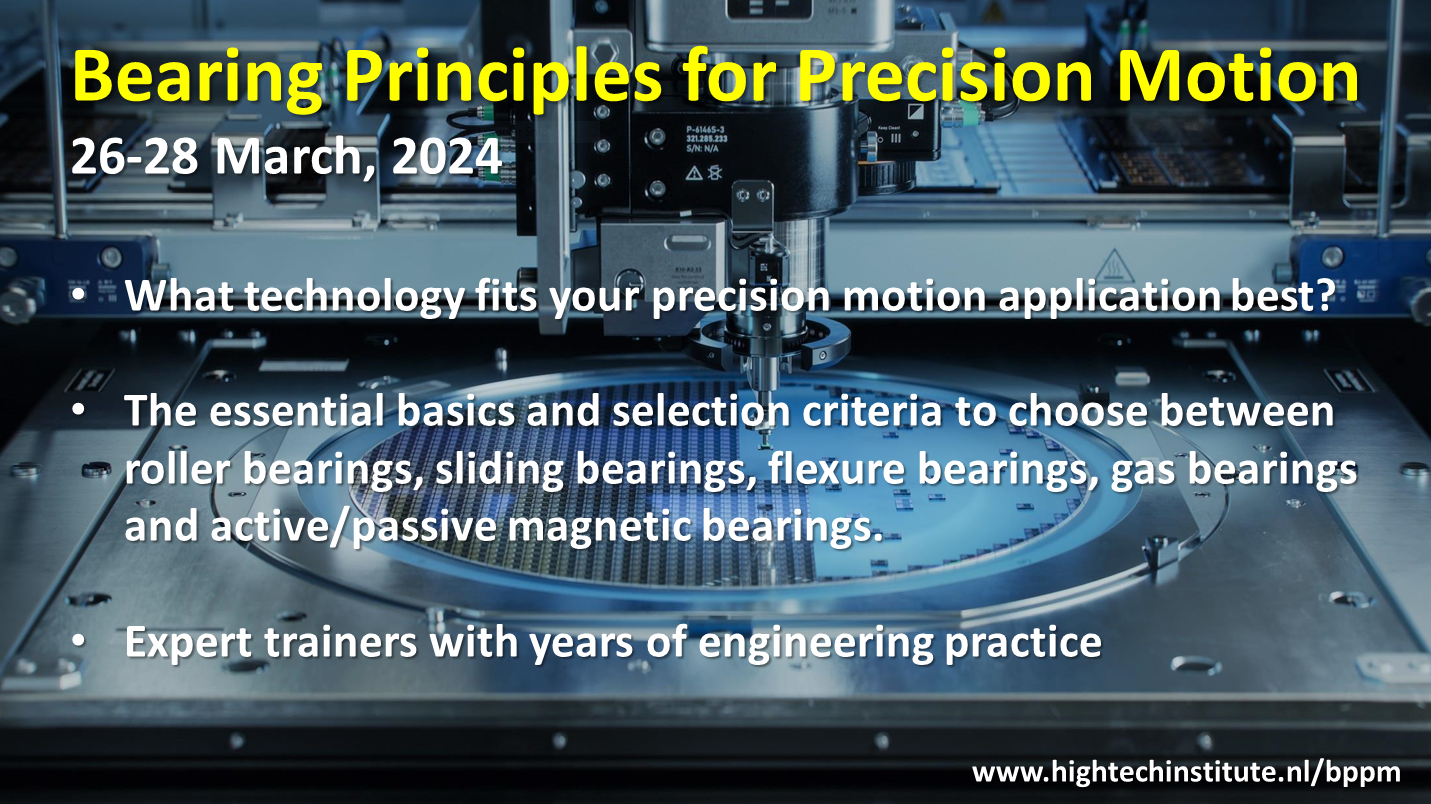
In precision motion systems, the focus is often on the actuated degrees of freedom (DoF) since these involve actuation, position sensing and motion control.
In most/many cases, however, the non-actuated, constrained DoFs are equally important since these are exposed to similar disturbance forces as the actuated DoFs and accuracy requirements are comparably challenging.
Known solutions for constraining degrees of freedom in precision motion systems are roller bearings, flexure bearings, gas bearings and active/passive magnetic bearings, but what technology fits your application
best? In order to answer that question one needs to understand the essence, pros/cons and limitations of each of these bearing technologies.
In optical disk drives that were developed in the 1980s, originally, a swing arm supported by roller bearings was used to move the optical pick-up unit from the inner to the outer radius of the
disk and to accurately follow a particular track. In later generations, driven by a smaller pitch and tighter accuracy requirements, the swing arm was replaced by a translational guide way based on
sliding contacts for coarse positioning, combined with a flexure bearings for fine positioning of the pick-up unit in radial and focus direction.
Typically, when designing precision motion systems, various design parameters have to be balanced and simultaneously optimized, such as range of motion, accuracy and reproducibility, stiffness and damping.
Although sliding and also rolling contacts suffer from stick-slip behaviour and (virtual) play, cost and complexity are low and performance might be good enough for coarse positioning.
When low friction and hysteresis is required, or strict requirements on particle generation hold, it may be advantageous to fully separate surfaces via full film bearings, either aerostatic or hydrostatic.
For large range of motion in vacuum conditions, such as in electron microscopes, E-beam inspection or EUV lithography systems, active magnetic bearing systems (AMBs) are highly advantageous.
Despite higher cost, these systems have the additional advantage that frame vibrations can be isolated from the motion stage. When only small translations or rotations are required, flexure bearings
can provide excellent reproducibility, particularly if manufactured monolithically. These bearings, however, suffer from parasitic stiffness and have very little damping.
This course will focus on the design, modelling and implementation of bearing elements in precision motion systems. We will discuss the trade-offs between performance on the one hand,
and cost and complexity on the other hand. Both passive and active bearing technologies will be extensively discussed. We will focus on different application areas, such as medical equipment,
machine tools, scientific instrumentation and semiconductor applications.
November 16, 2022
Our partner Prof.Dr. Hans Vermeulen wins prestigious Rien Koster award.
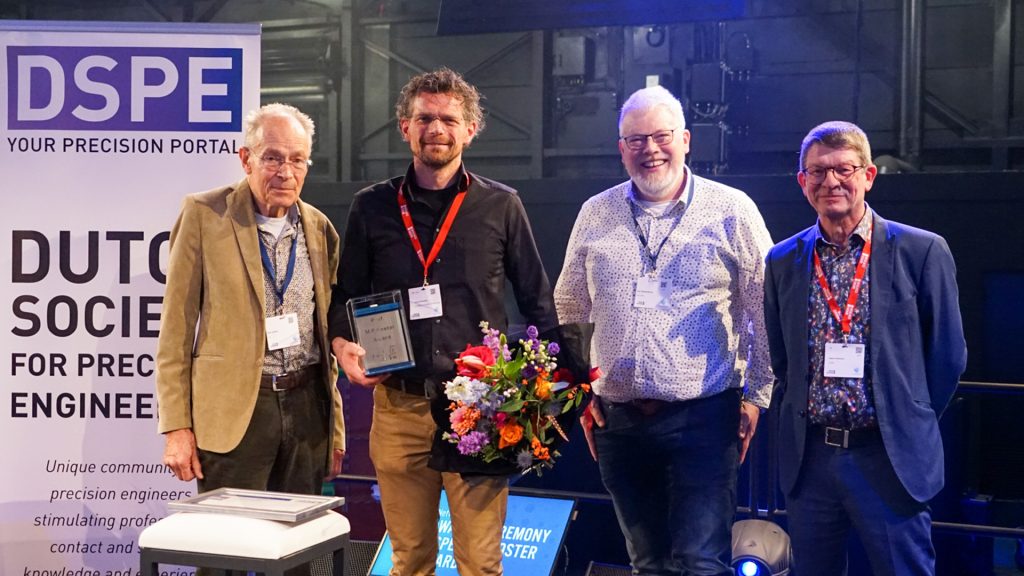 Rien Koster, Hans Vermeulen, Ton Peijnenburg and Hans Krikhaar
Rien Koster, Hans Vermeulen, Ton Peijnenburg and Hans Krikhaar
Enthusiastic, hardworking, inspiring, and a team player, these words of praise were given to Hans Vermeulen by Rien Koster when he presented the award which bears his name.
Vermeulen is senior principal architect EUV-optics at ASML, part-time professor at Eindhoven University of Technology (TUE), and trainer at High Tech Institute.
The award is 'for his tireless effort to propagate and innovate the field of mechatronics and precision technology', said the Dutch Society for Precision Engineering (DSPE).
Vermeulen has an impressive track record within precision mechanics and mechatronics and educating a new generation of precision technologists.
After his promotion on precision machining he started at Philips CFT, where he worked with semiconductor equipment, including in the US.
In 2007, when ASML took over mechatronics research, he switched to the litho manufacturer. He played various roles within Development & Engineering (D&E) and Research.
He was appointed as part-time professor Mechatronic System Design in 2015 at the department of Mechanical Engineering at TUE.
In his field of expertise, Vermeulen pays a lot of attention to the basics, the history, and he also has an eye for new developments.
For a long time he was the chair of the Nationale Werkgroep Mechatronica, founded at Philips for distribution and publication of the field.
Two years ago, together with Just Herder from Delft University of Technology and Dannis Brouwer from the University of Twente, he took the initiative to put together a new standard work on design principles.
It is an update of the Des Duivels Prentenboek by Wim van der Hoek which has been updated by several leaders in the industry in recent years, under which Koster.
The book will appear in 2025 with the title Design Principles for Precision Mechatronics. In the meantime, there is a website live.
The jury called Vermeulen ‘an inspiration, also beyond his technical expertise’. His personal contribution was also emphasized. Vermeulen is able to give his team a lot of room to move forward.
November 4, 2021
Our co-founder Prof.Dr. Jan van Eijk is awarded the ASPE Lifetime Achievement Award for broad-reaching advances in precision mechatronics and for promoting the active sharing of these advances throughout the technical community.
Jan van Eijk accepts the ASPE Lifetime Achievement Award as a representative of the Dutch community in precision engineering.
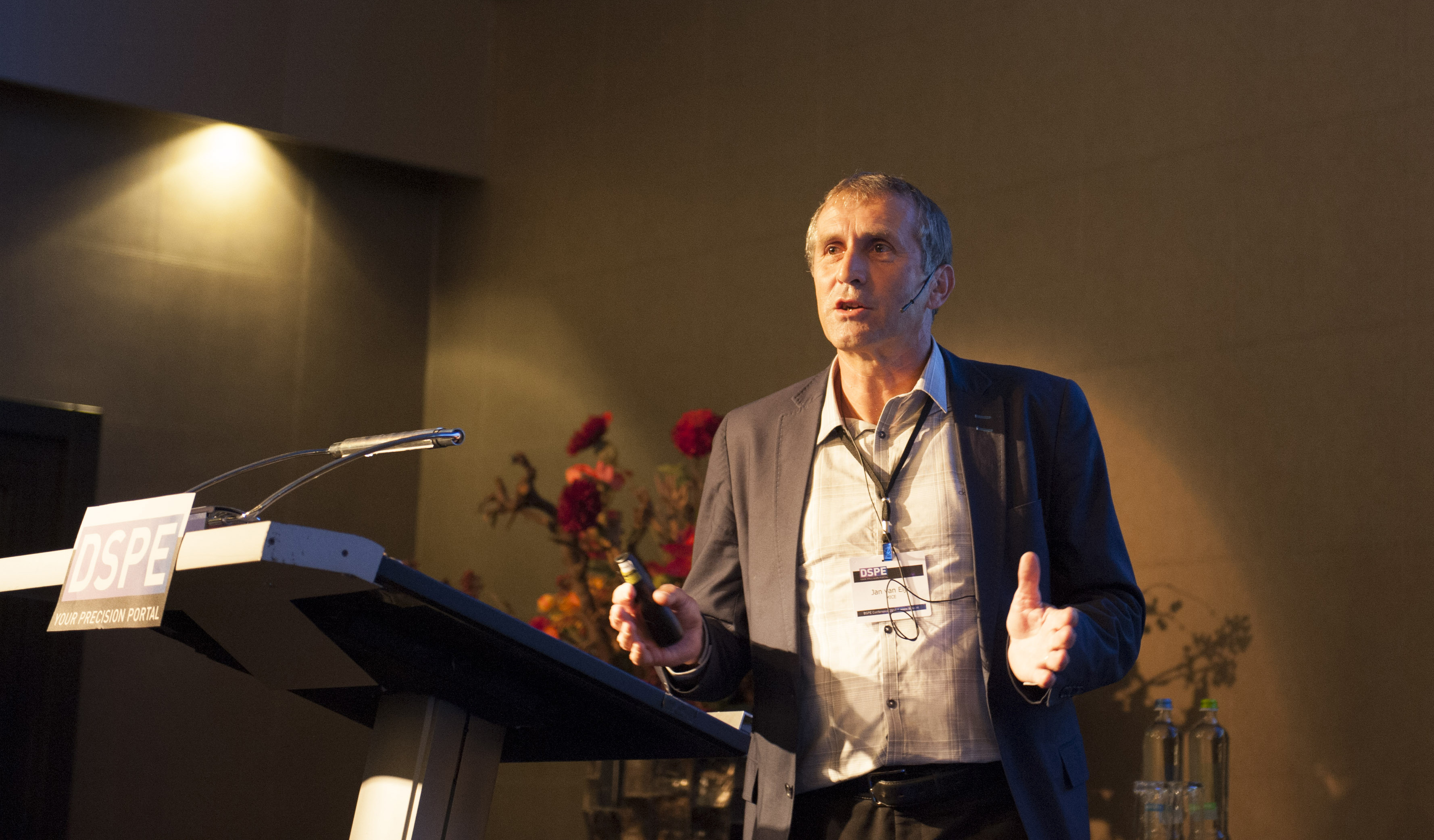 Jan van Eijk speaks at the 2014 edition of te DSPE Conference on Precision Mechatronics.
Jan van Eijk speaks at the 2014 edition of te DSPE Conference on Precision Mechatronics.
As a pillar of this community, he has contributed by initiating and heading innovative applied research activities and by active sharing of industrial expertise. This collaborative spirit was first realized in 1989
with the creation of an in-house mechatronics training program for Philips engineers where industrial trainers taught new engineers how to work in multi-disciplinary teams and to employ each other’s technical strengths
in order to reach the best overall result. This course has by now educated some 2500 engineers and established a solid foundation as other training programs were created to cover the additional disciplines.
Beginning in 2010, these training activities were continued outside of the Philips organization by the establishment of the “Mechatronics Academy”.
He started his education at the Delft University of Technology with a MSc degree in Mechanical Engineering. Following this, he spent three years abroad working at universities in Pakistan and Sri Lanka as a
UNESCO associate before returning to Delft to complete a doctoral program that included a dissertation on the design of flexure mechanisms. He received a Ph.D. in Mechanical Engineering in 1985.
Prof.Dr. van Eijk then worked for twenty-two years at the Philips company in their Centre For Industrial Technology (CFT). The Philips company, based in the Netherlands, has been a birthplace of advances in science and technology
since the early years of the twentieth century. This Centre formed the knowledge base for mass production technology in Philips. Research done in the “Natlab” was famous and the development of high-throughput manufacturing machines
proved to be an important factor in the decades-long growth of the organization. Throughout his career, Jan van Eijk has had the opportunity to build on this foundation and to work with many excellent engineers in the field of
high precision mechatronics.
His unique skills and expertise have arisen from the knowledge and experience gained from working at Philips where he became Chief Technical Officer of Mechatronics. While building a mechatronic technology center of about
200 engineers, he made conceptual contributions to a wide range of applications, including optical disc drive systems and lithography systems. With the start of ASML in 1985, Dr. van Eijk contributed to key concepts and to
the architecture of mechatronic elements of ASML’s highly successful lithography tools. The use of a rigorous metrology concept, introduced in 1986, formed a significant contribution to the early lithography machines.
After leaving Philips in 2007 he founded his own company, Mechatronic Innovation and Concept Engineering (MICE), to continue to provide consultancy to world-class equipment manufacturers world-wide. He advises not only
on technical concepts and designs for systems, but also on how to develop key components necessary for the successful growth of advanced technology organisations.
His skill in explaining sophisticated concepts in a very accessible way was further heightened by teaching for twelve years as a part-time professor at the Delft University of Technology from 2000 through 2012.
There he supervised doctoral students on projects related to using active magnetic bearings for precision applications. As a co-author he contributed to the book 'The Design of High Performance Mechatronics' written by
Prof. Rob Munnig Schmidt. This book gives an industrial perspective on the multi-disciplinary knowledge used in mechatronic engineering.
Jan van Eijk served on the council of euspen and the board of directors of ASPE for several years. In 2012 he was awarded the euspen Lifetime Achievement Award, and in 2016 the DSPE awarded him the Martin van den Brink award
for his leading role in the architecting of high-technology systems.
February 17, 2020
The third revised edition of the book 'The Design of High Performance Mechatronics' is released.
.jpg) October 20, 2018
October 20, 2018
New 3 days hands-on training Passive Damping for High Tech Systems addresses the need and
solutions for additional damping in high precision systems. In the design of high precision mechatronic systems it is essential to achieve a high bandwidth of the feedback
control loop in order to suppress the negative effects of disturbing forces on the machine accuracy and settling time. Dynamics and resonances play an important role in limiting
the achievable bandwidth and settling time. Much focus is therefore rightfully directed towards high eigenfrequencies and understanding vibration modes including the mechanims
of excitation and observability. However, as accuracy and resulting bandwidth requirements are getting tighter, the requirements in terms of eigenfrequencies of the system are
sometimes reaching the limits of what is physically possible. In these situations, passive damping offers additional design space and is becoming a key design parameter for
achieving these extreme requirements. Despite the risk of introducing hysteresis related virtual play, passive damping can significantly simplify controller design and improve
positioning performance. In recent years much effort has been devoted to better understand the underlying principles of damping, improve modelling, prediction and manufacturing.
This has resulted in spectacular results which otherwise would not have been possible. In the new short course 'Passive Damping for High Tech Systems' the experts from industry
and academia share the latest insights and design approaches.
December 10, 2017
Full day tutorial DYNAMICS & CONTROL OF MECHATRONIC SYSTEMS by Dr. Adrian Rankers and Dr. Dick Laro (MI-Partners) during the
2018 euspen conference in Venice.
April 19, 2017
Full day tutorial Dynamics & Control of Mechatronic Systems by Dr. Adrian Rankers and Dr. Dick Laro & Tim Groothuijsen (MI-Partners) during
the 2017 annual meeting of euspen in Hannover.
May 26, 2016
Jan van Eijk , former CTO Mechatronics at Philips Applied Technologies and professor emeritus Advanced Mechatronics at TU Delft , wins the
Martin van den Brink Award. Van Eijk is considered the founder of mechatronics in the Netherlands and an idiosyncratic thinker, who puts a lot of emphasis on interdisciplinary collaboration and soft skills. He has contributed to many innovations from Philips and spin-offs such as ASML.
During his industrial/academic career he has set up many training activities.
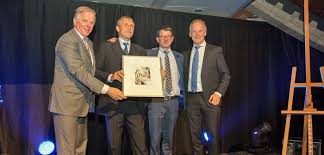 Award Ceremony (Martin van den Brink (left), Jan van Eijk, Hans Krikhaar, Jos Benschop)
April 20, 2016
Award Ceremony (Martin van den Brink (left), Jan van Eijk, Hans Krikhaar, Jos Benschop)
April 20, 2016
Tutorial 'The Dutch Approach to High Performance Motion Control' by Maarten Steinbuch and Adrian Rankers during ASPE Spring Topical Meeting 2016, which is held at MIT/Cambridge.
 MIT building
Feb 14, 2016
MIT building
Feb 14, 2016
In January 2016, Jan van Eijk, Rob Munnig Schmidt and Adrian Rankers travelled to ITRI (Industrial Technology Research Institute) in Taiwan to deliver the Mechatronic System Design training.
ITRI (more than 5,000 employees) was founded in 1973 and opened a Netherlands office in 2013, at the High Tech Campus in Eindhoven, to expand its network to Dutch high-tech companies.
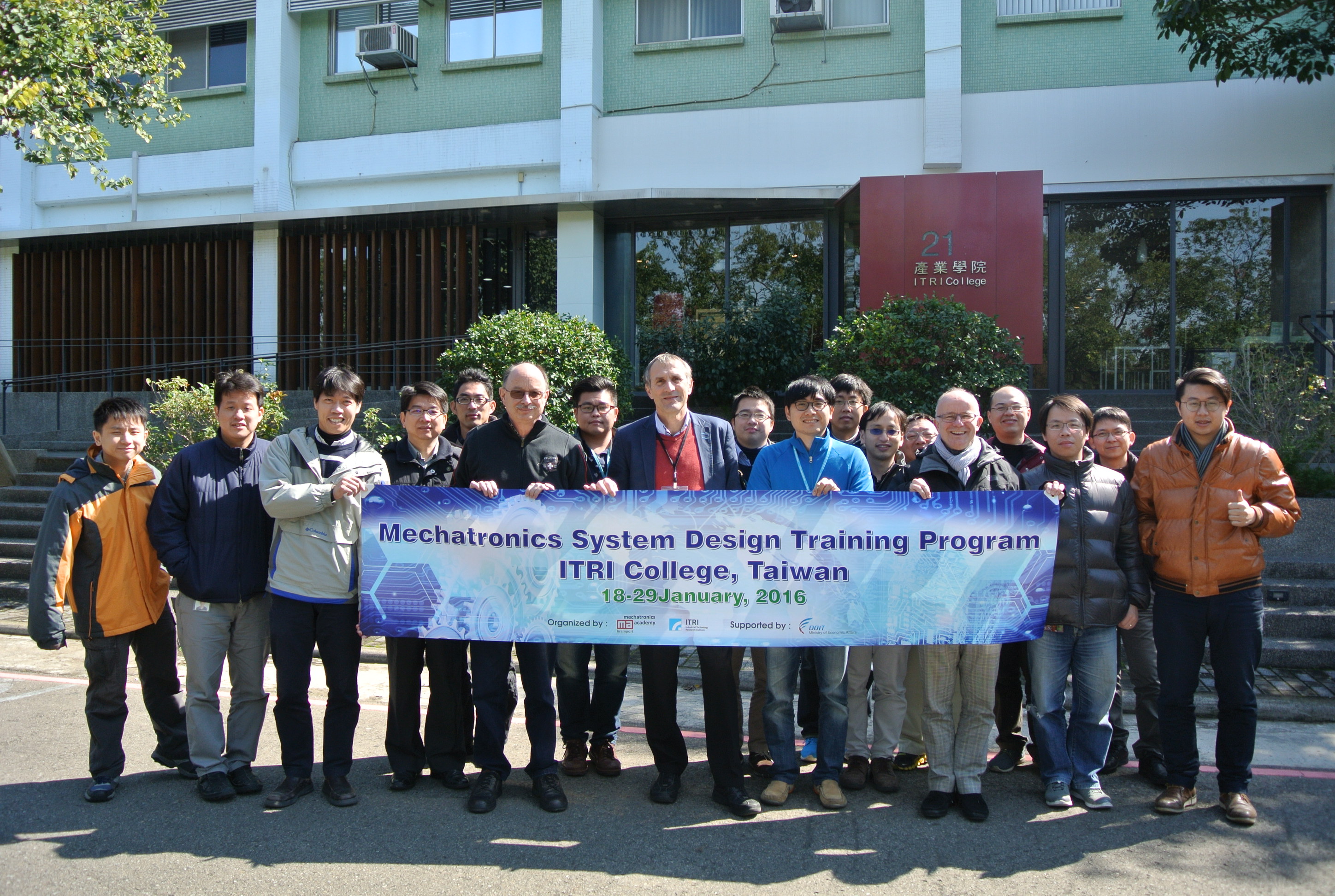 Participants and trainers in front of the building of ITRI College.
Participants and trainers in front of the building of ITRI College.
The initiative to bring the well-known training from the Eindhoven region to Taiwan was taken by Prof. Shuo Huong Chang, former executive vice president of ITRI, professor at National Taiwan University
and co-founder of TSPE (Taiwan Society for Precision Engineering). After a meeting with DSPE president Hans Krikhaar and Adrian Rankers in 2013, Prof. Chang was convinced of the concept
that large multi-disciplinary teams can only be successful on system level if team members combine three elements:
- excellence in their own discipline
- basic understanding of adjacent disciplines
- cooperation attitude and skills
End of 2015, euspen and DSPE launched the new combined certification program for precision engineering post-graduate education, called ECP2, as the European successor to DSPE's Certified Precision Engineer program.
The participants of the Mechatronic System Design course were the first to receive the new combined euspen/DSPE certificate.
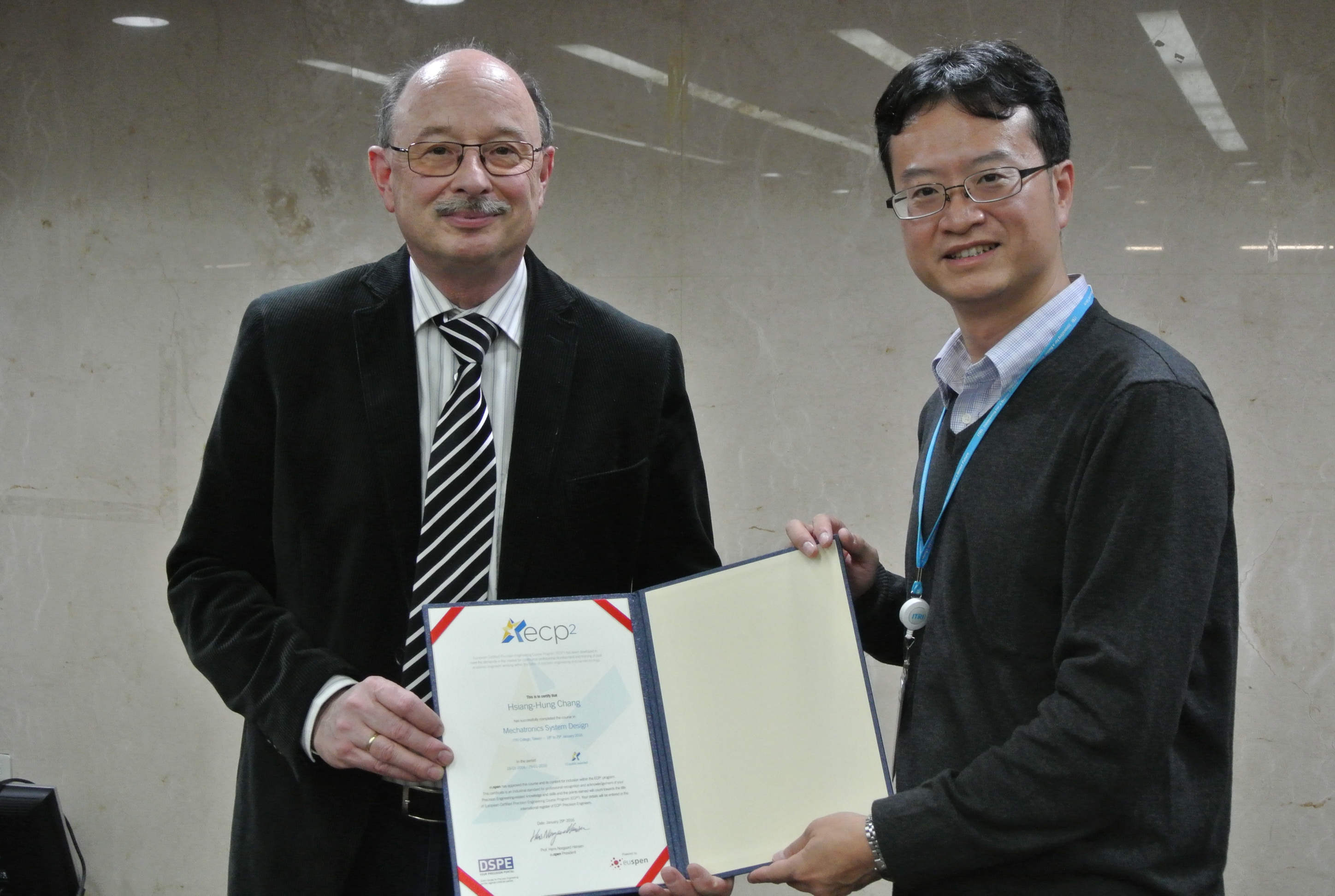 Participant Hsiang-Hung Chang receiving the euspen/DSPE ECP2 certificate from Prof. Rob Munnig Schmidt.
June 20, 2014
Participant Hsiang-Hung Chang receiving the euspen/DSPE ECP2 certificate from Prof. Rob Munnig Schmidt.
June 20, 2014
Another successful edition of the Summerschool Opto-Mechatronics, has come to an end. Fortunately, we still got the picture.
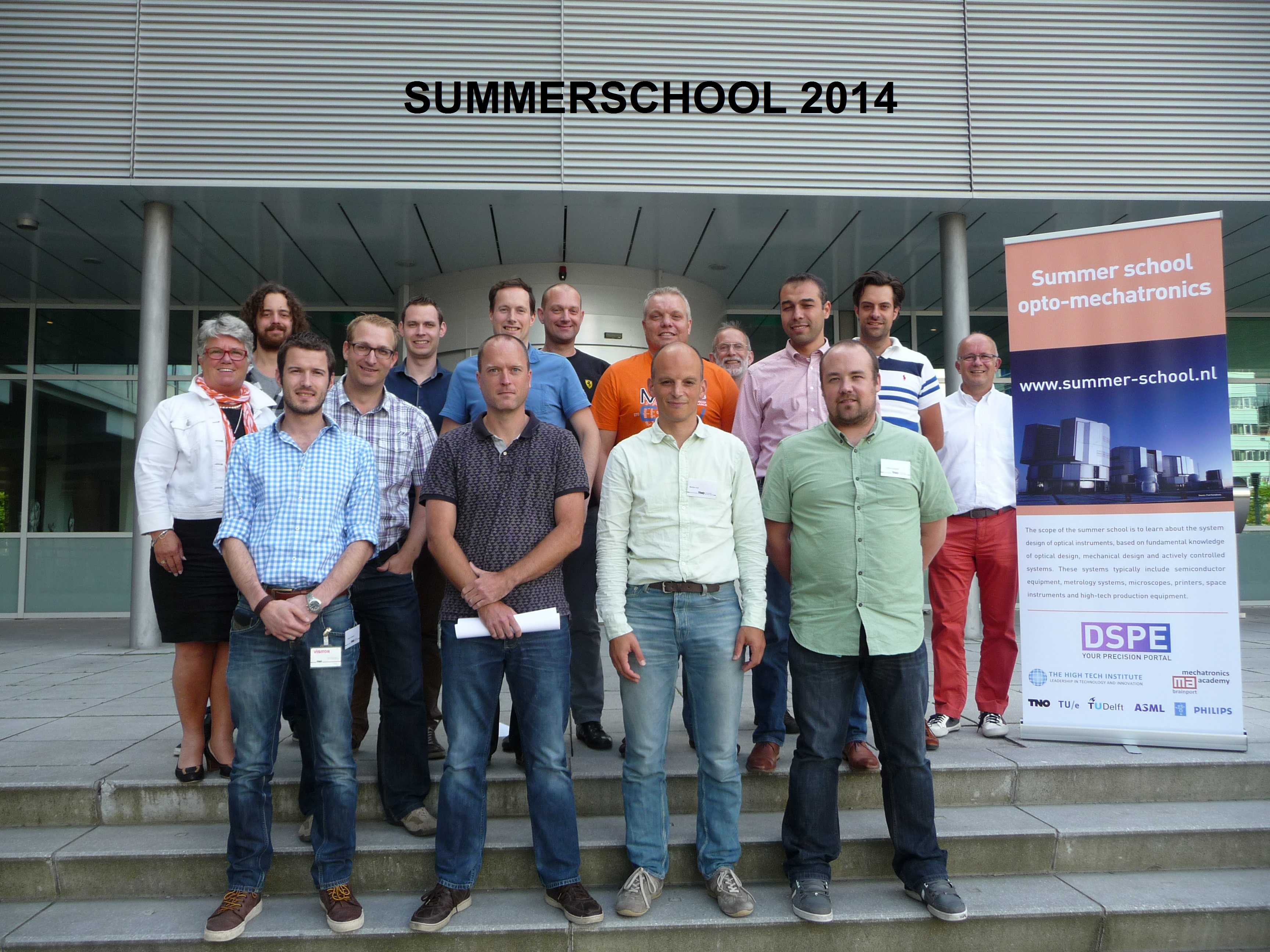 April 10, 2014
April 10, 2014
Half-day tutorial Advanced Mechatronic System Design by Rob Munnig Schmidt (Delft University of Technology) and Adrian Rankers (Mechatronics Academy) during the 14th International EUSPEN Conference in Dubrovnic 2 June, 2014.
February 3, 2014
The second revised edition of the book
The Design of High Performance Mechatronics by Robert Munnig Schmidt, Georg Schitter, Adrian Rankers and Jan van Eijk (ISBN 978-1-61499-367-4)
is now available at IOS Press.
November, 2013
MECHATRONICS ACADEMY in
MIKRONIEK (journal of the Dutch Society for Precision Engineering)
September 26, 2013
The
1000th CPE certificate within the DSPE Certified Precision Engineer training framework has been awarded to Saudith Estela Durango Galvan from ASML
after completion of our training
Actuation & Power Electronics.
 From left to the right: Trainer Sven Hol, DSPE chairman Hans Krikhaar, Saudith Estela Durango Galvan of ASML, trainer Rob Munnig Schmidt.
May 20, 2013
From left to the right: Trainer Sven Hol, DSPE chairman Hans Krikhaar, Saudith Estela Durango Galvan of ASML, trainer Rob Munnig Schmidt.
May 20, 2013
Half-day tutorial 'Advanced Mechatronic System Design' by Rob Munnig Schmidt (TUDelft) and Adrian Rankers (Mechatronics Academy) during the 13th International EUSPEN Conference in Berlin 27 May, 2013.
Oct 22, 2012
1-day tutorial 'Vibration Isolation - active and passive systems'' given by Prof. Jan van Eijk and Dr. Adrian Rankers during annual ASPE meeting in San Diego.
June 5, 2012
During the annual meeting in Stockholm - the EUSPEN organisation honours Prof.Dr. Jan van Eijk with the Lifetime Achievement Award for his exceptional contribution to the field of precision mechatronics.







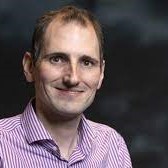
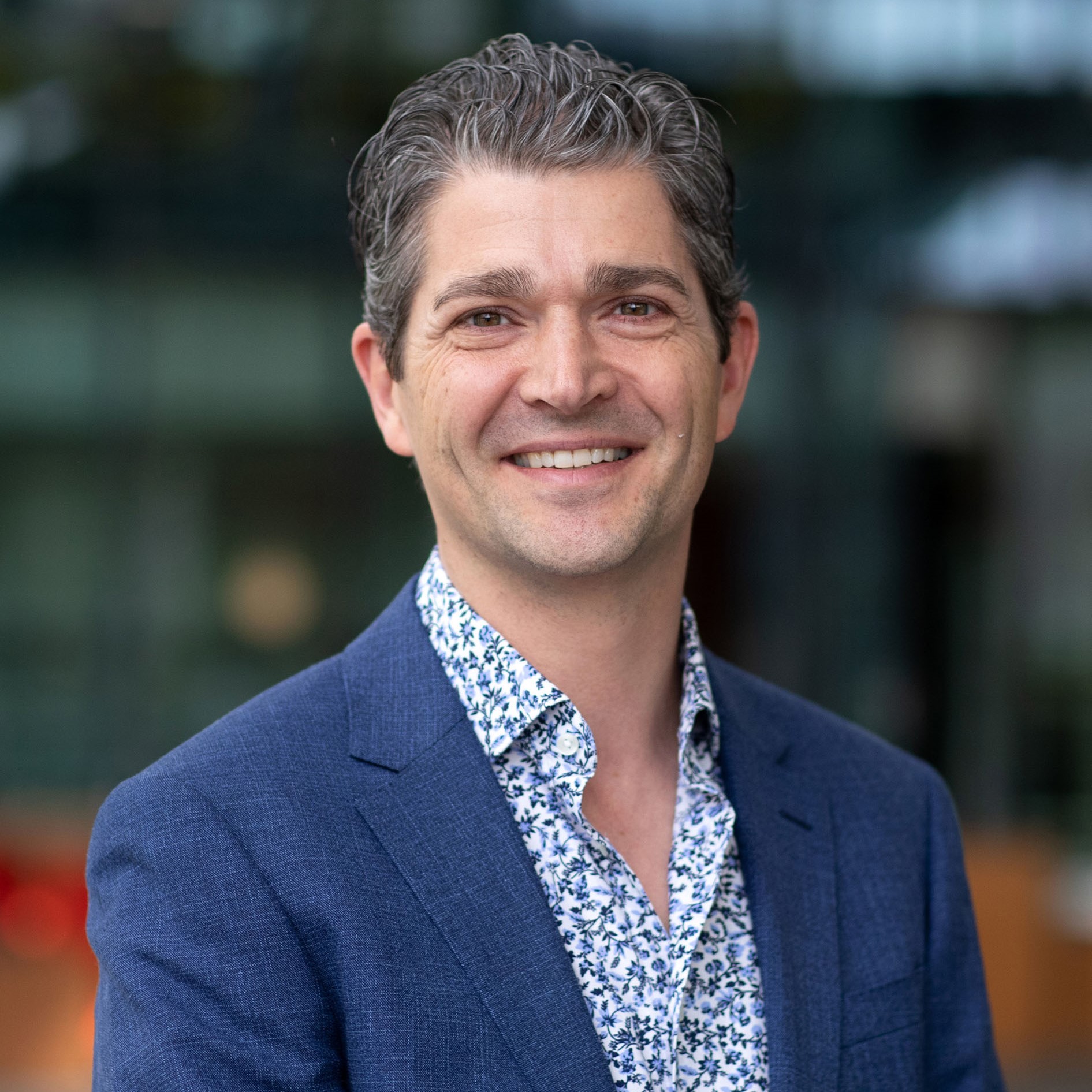
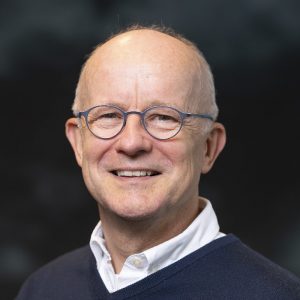


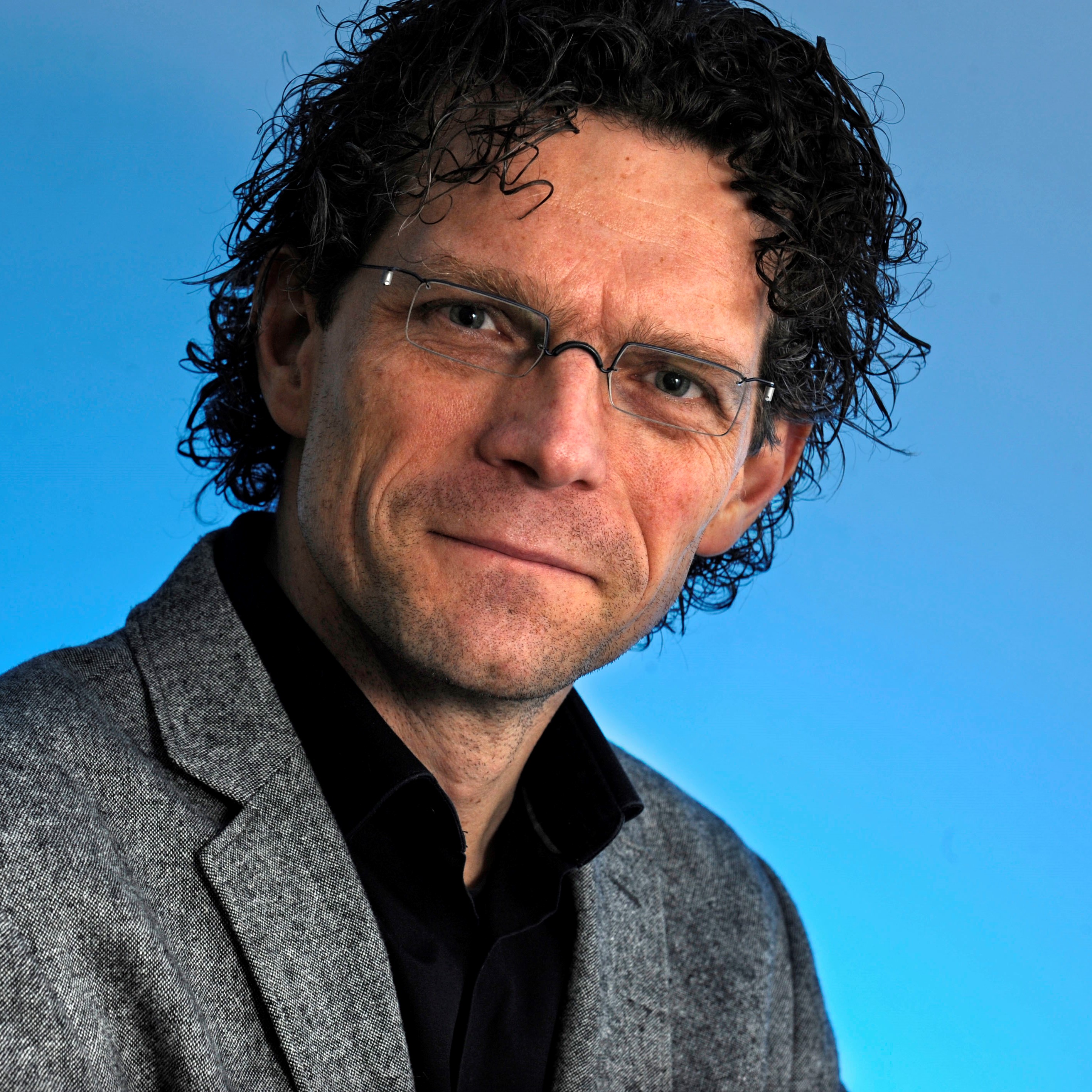



.jpg)


